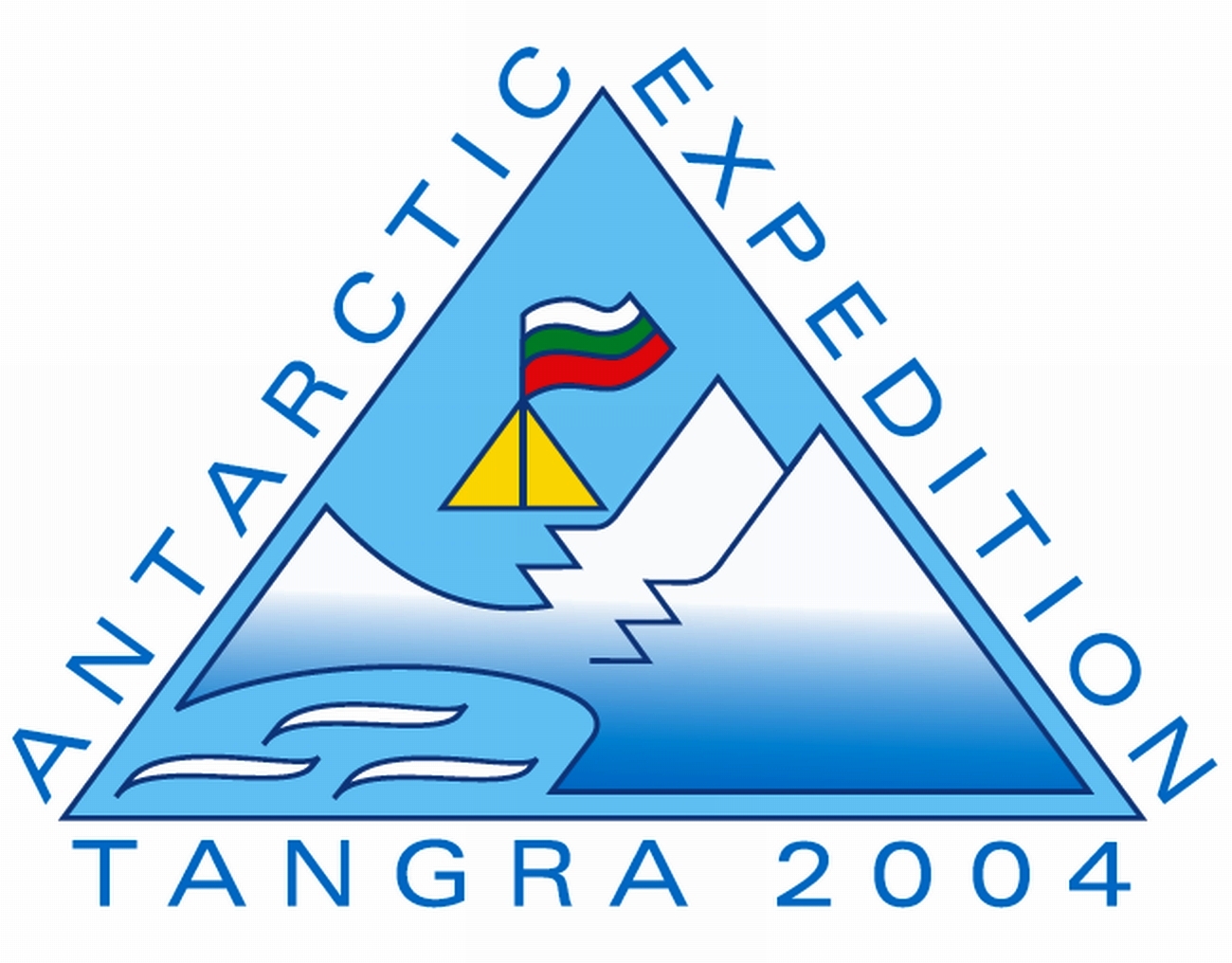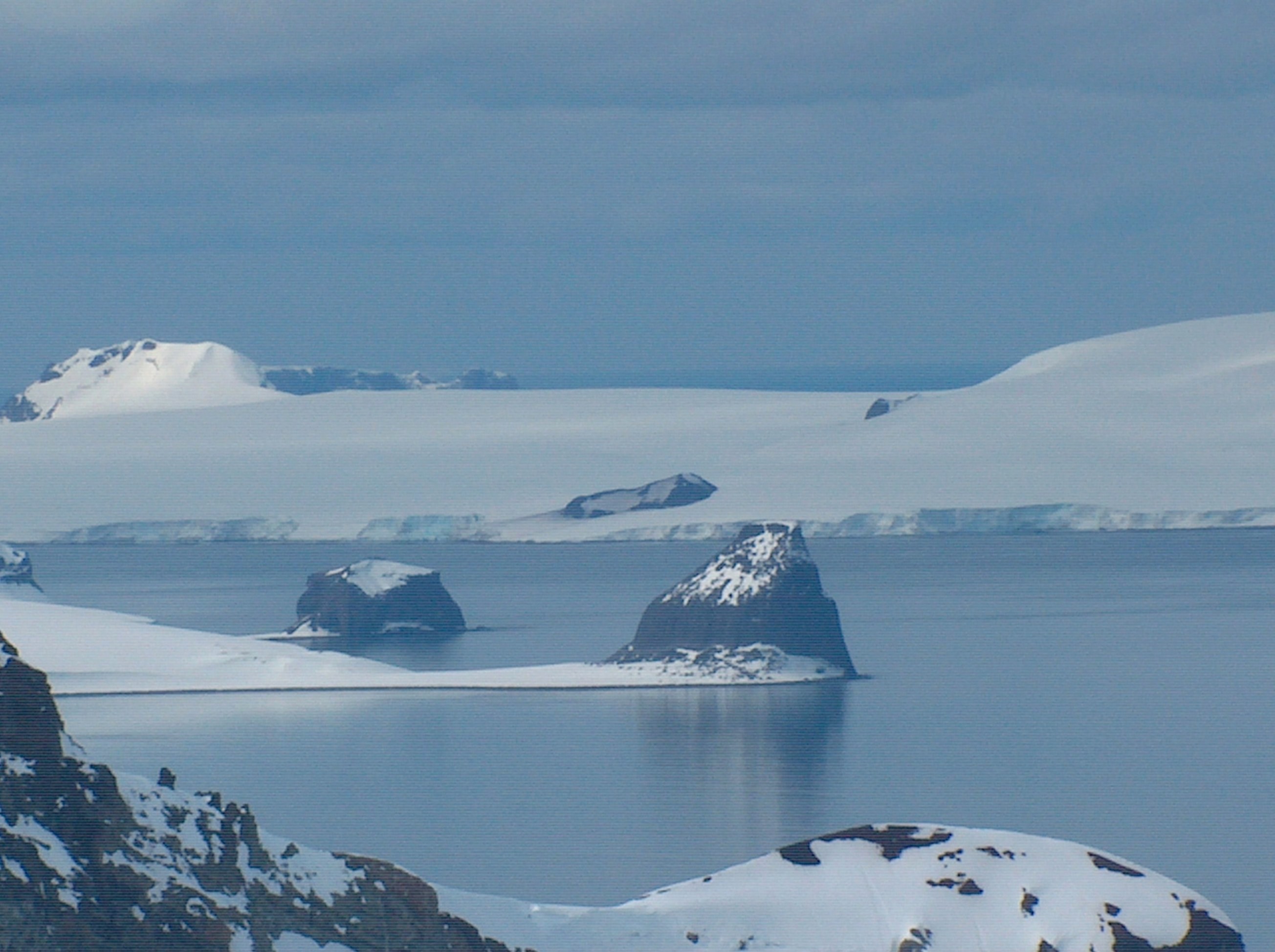|
Debelt Glacier
The Debelt Glacier ( bg, ледник Дебелт, lednik Debelt, ) on Varna Peninsula, Livingston Island in the South Shetland Islands, Antarctica is situated southeast of Rose Valley Glacier and northeast of Panega Glacier. It drains the southeastern slopes of Vidin Heights and flows into Moon Bay between Edinburgh Hill and Helis Nunatak. The glacier extends three km in an east-west direction, and 1.5 km in north-south direction. Debelt glacier is centred at (62.5319° S; 60.0628° W). Bulgarian topographic survey Tangra 2004/05 and mapping in 2005 and 2009. The feature is named after the settlement of Debelt in Southeastern Bulgaria, successor of the ancient town of Deultum. Registered in the SCAR Composite Antarctic Gazetteer. See also * List of glaciers in the Antarctic * Glaciology Maps * L.L. Ivanov et al. Antarctica: Livingston Island and Greenwich Island, South Shetland Islands. Scale 1:100000 topographic map. Sofia: Antarctic Place-names Commission of Bu ... [...More Info...] [...Related Items...] OR: [Wikipedia] [Google] [Baidu] |
Antarctica
Antarctica () is Earth's southernmost and least-populated continent. Situated almost entirely south of the Antarctic Circle and surrounded by the Southern Ocean, it contains the geographic South Pole. Antarctica is the fifth-largest continent, being about 40% larger than Europe, and has an area of . Most of Antarctica is covered by the Antarctic ice sheet, with an average thickness of . Antarctica is, on average, the coldest, driest, and windiest of the continents, and it has the highest average elevation. It is mainly a polar desert, with annual precipitation of over along the coast and far less inland. About 70% of the world's freshwater reserves are frozen in Antarctica, which, if melted, would raise global sea levels by almost . Antarctica holds the record for the lowest measured temperature on Earth, . The coastal regions can reach temperatures over in summer. Native species of animals include mites, nematodes, penguins, seals and tardigrades. Where vegetation o ... [...More Info...] [...Related Items...] OR: [Wikipedia] [Google] [Baidu] |
Helis Nunatak
Helis Nunatak (Nunatak Helis \'nu-na-tak 'he-lis\) is a crown-shaped rocky peak of elevation 340 m in Vidin Heights on Varna Peninsula, Livingston Island in the South Shetland Islands, Western Antarctica. The peak is named after the ancient Thracian capital town of Helis whose remains are located at Sveshtari, northeastern Bulgaria. Location The peak is located at which is 3 km west of Edinburgh Hill, 1.9 km south of Sharp Peak and 1.85 km east-southeast of Madara Peak (Bulgarian mapping in 2005 and 2009 from the Tangra 2004/05 topographic survey). Maps * L.L. Ivanov et al. Antarctica: Livingston Island and Greenwich Island, South Shetland Islands. Scale 1:100000 topographic map. Sofia: Antarctic Place-names Commission of Bulgaria, 2005. * L.L. IvanovAntarctica: Livingston Island and Greenwich, Robert, Snow and Smith Islands Scale 1:120000 topographic map. Troyan: Manfred Wörner Foundation, 2009. * A. Kamburov and L. Ivanov. Bowles Ridge and Central Tangra Mou ... [...More Info...] [...Related Items...] OR: [Wikipedia] [Google] [Baidu] |
Composite Gazetteer Of Antarctica
The Composite Gazetteer of Antarctica (CGA) of the Scientific Committee on Antarctic Research (SCAR) is the authoritative international gazetteer containing all Antarctic toponyms published in national gazetteers, plus basic information about those names and the relevant geographical features. The Gazetteer includes also parts of the International Hydrographic Organization (IHO) General Bathymetric Chart of the Oceans (GEBCO) gazetteer for under-sea features situated south of 60° south latitude. , the overall content of the CGA amounts to 37,893 geographic names for 19,803 features including some 500 features with two or more entirely different names, contributed by the following sources: {, class="wikitable sortable" ! Country ! Names , - , United States , 13,192 , - , United Kingdom , 5,040 , - , Russia , 4,808 , - , New Zealand , 2,597 , - , Australia , 2,551 , - , Argentina , 2,545 , - , Chile , 1,866 , - , Norway , 1,706 , - , Bulgaria , 1,450 , - , Ge ... [...More Info...] [...Related Items...] OR: [Wikipedia] [Google] [Baidu] |
Glaciology
Glaciology (; ) is the scientific study of glaciers, or more generally ice and natural phenomena that involve ice. Glaciology is an interdisciplinary Earth science that integrates geophysics, geology, physical geography, geomorphology, climatology, meteorology, hydrology, biology, and ecology. The impact of glaciers on people includes the fields of human geography and anthropology. The discoveries of water ice on the Moon, Mars, Europa and Pluto add an extraterrestrial component to the field, which is referred to as "astroglaciology". Overview A glacier is an extended mass of ice formed from snow falling and accumulating over a long period of time; glaciers move very slowly, either descending from high mountains, as in valley glaciers, or moving outward from centers of accumulation, as in continental glaciers. Areas of study within glaciology include glacial history and the reconstruction of past glaciation. A glaciologist is a person who studies glaciers. A glacial geologist ... [...More Info...] [...Related Items...] OR: [Wikipedia] [Google] [Baidu] |
List Of Glaciers In The Antarctic
There are many glaciers in the Antarctic. This set of lists does not include ice sheets, ice caps or ice fields, such as the Antarctic ice sheet, but includes glacial features that are defined by their flow, rather than general bodies of ice. The lists include outlet glaciers, valley glaciers, cirque glaciers, tidewater glaciers and ice streams. Ice streams are a type of glacier and many of them have "glacier" in their name, e.g. Pine Island Glacier. Ice shelves are listed separately in the List of Antarctic ice shelves. For the purposes of these lists, the Antarctic is defined as any latitude further south than 60° (the continental limit according to the Antarctic Treaty System). List by letters * List of glaciers in the Antarctic: A–H * List of glaciers in the Antarctic: I–Z See also * List of Antarctic and subantarctic islands * List of Antarctic ice rises * List of Antarctic ice shelves * List of Antarctic ice streams * List of glaciers * List of subantar ... [...More Info...] [...Related Items...] OR: [Wikipedia] [Google] [Baidu] |
Scientific Committee On Antarctic Research
The Scientific Committee on Antarctic Research (SCAR) is an interdisciplinary body of the International Science Council (ISC). SCAR coordinates international scientific research efforts in Antarctica, including the Southern Ocean. SCAR's scientific work is administered through several discipline-themed ''science groups''. The organisation has observer status at, and provides independent advice to Antarctic Treaty Consultative Meetings, and also provides information to other international bodies such as the Intergovernmental Panel on Climate Change (IPCC) and the United Nations Framework Convention on Climate Change (UNFCCC). History At the International Council of Scientific Unions (ICSU)’s Antarctic meeting held in Stockholm from 9–11 September 1957, it was agreed that a committee should be created to oversee scientific research in Antarctica. At the time there were 12 nations actively conducting Antarctic research and they were each invited to nominate one delegate to ... [...More Info...] [...Related Items...] OR: [Wikipedia] [Google] [Baidu] |
Bulgaria
Bulgaria (; bg, България, Bǎlgariya), officially the Republic of Bulgaria,, ) is a country in Southeast Europe. It is situated on the eastern flank of the Balkans, and is bordered by Romania to the north, Serbia and North Macedonia to the west, Greece and Turkey to the south, and the Black Sea to the east. Bulgaria covers a territory of , and is the sixteenth-largest country in Europe. Sofia is the nation's capital and largest city; other major cities are Plovdiv, Varna and Burgas. One of the earliest societies in the lands of modern-day Bulgaria was the Neolithic Karanovo culture, which dates back to 6,500 BC. In the 6th to 3rd century BC the region was a battleground for ancient Thracians, Persians, Celts and Macedonians; stability came when the Roman Empire conquered the region in AD 45. After the Roman state splintered, tribal invasions in the region resumed. Around the 6th century, these territories were settled by the early Slavs. The Bulgars, led by Asp ... [...More Info...] [...Related Items...] OR: [Wikipedia] [Google] [Baidu] |
Debelt
Debelt (Bulgarian: Дебелт) is a village in Burgas Province in southeastern Bulgaria. It is located in the municipality of Sredets. History Debelt is located near the ruins of the city of Develtos. During the Russo-Turkish War of 1828-1829, the region was occupied by Russia with the support of the Christian population. However, after the Treaty of Adrianople in 1829, the Christian population of Debelt abandoned the village and travelled with the Russian army as it withdrew from Ottoman territory. The former inhabitants of Debelt mostly settled in Bessarabia. In 1864, the Ottoman government repopulated Debelt with Circassians, after which the village became known as Yakezli (Bulgarian: Якезли).Raychevski (2002), p. 255 Following the Russo-Turkish War of 1877-1878, the Circassians abandoned the village. In 1903, during the Ilinden–Preobrazhenie Uprising, the village served as an important logistical base of the IMRO and training camps were established.Karayotov et a ... [...More Info...] [...Related Items...] OR: [Wikipedia] [Google] [Baidu] |
Tangra 2004/05
The Tangra 2004/05 Expedition was commissioned by the Antarctic Place-names Commission at the Ministry of Foreign Affairs of Bulgaria, managed by the Manfred Wörner Foundation, and supported by the Bulgarian Antarctic Institute, the Institute of Mathematics and Informatics at the Bulgarian Academy of Sciences, Bulgarian Posts, Uruguayan Antarctic Institute, Peregrine Shipping (Australia), and Petrol Ltd, TNT, Mtel, Bulstrad, Polytours, B. Bekyarov and B. Chernev (Bulgaria). Expedition team Dr. Lyubomir Ivanov (team leader), senior research associate, Institute of Mathematics and Informatics at the Bulgarian Academy of Sciences; chairman, Antarctic Place-names Commission; author of the 1995 Bulgarian Antarctic ''Toponymic Guidelines'' introducing in particular the present official system for the Romanization of Bulgarian; participant in four Bulgarian Antarctic campaigns, and author of the first Bulgarian Antarctic topographic maps. Doychin Vas ... [...More Info...] [...Related Items...] OR: [Wikipedia] [Google] [Baidu] |
Edinburgh Hill
Edinburgh Hill is a narrow point projecting 650 m from the east coast of Varna Peninsula, Livingston Island in the South Shetland Islands, Antarctica into McFarlane Strait and ending up in a conspicuous rocky hill of elevation 180 m. The point forms the northwest side of the entrance to Moon Bay. The area was visited by early 19th century sealers. The feature is named after the city of Edinburgh, Scotland. Location The point is located at which is 13.15 km northwest of Renier Point, 7.52 km east of Miziya Peak, 2 km south-southwest of Inott Point, and 7 km southwest of Yovkov Point, Greenwich Island Greenwich Island (variant historical names ''Sartorius Island'', ''Berezina Island'') is an island long and from (average ) wide, lying between Robert Island and Livingston Island in the South Shetland Islands. Surface area . The name Greenwic .... British mapping in 1968, Spanish in 1991, and Bulgarian in 2005 and 2009. Maps * L.L. Ivanov et al. Ant ... [...More Info...] [...Related Items...] OR: [Wikipedia] [Google] [Baidu] |
Livingston Island
Livingston Island (Russian name ''Smolensk'', ) is an Antarctic island in the Southern Ocean, part of the South Shetlands Archipelago, a group of Antarctic islands north of the Antarctic Peninsula. It was the first land discovered south of 60° south latitude in 1819, a historic event that marked the end of a centuries-long pursuit of the mythical ''Terra Australis Incognita'' and the beginning of the exploration and utilization of real Antarctica. The name Livingston, although of unknown derivation, has been well established in international usage since the early 1820s. Geography Livingston Island is situated in West Antarctica northwest of Cape Roquemaurel on the Antarctic mainland, south-southeast of Cape Horn in South America, southeast of the Diego Ramírez Islands (the southernmost land of South America), due south of the Falkland Islands, southwest of South Georgia Islands, and from the South Pole.L. IvanovGeneral Geography and History of Livingston Island.In ... [...More Info...] [...Related Items...] OR: [Wikipedia] [Google] [Baidu] |









